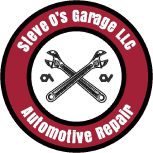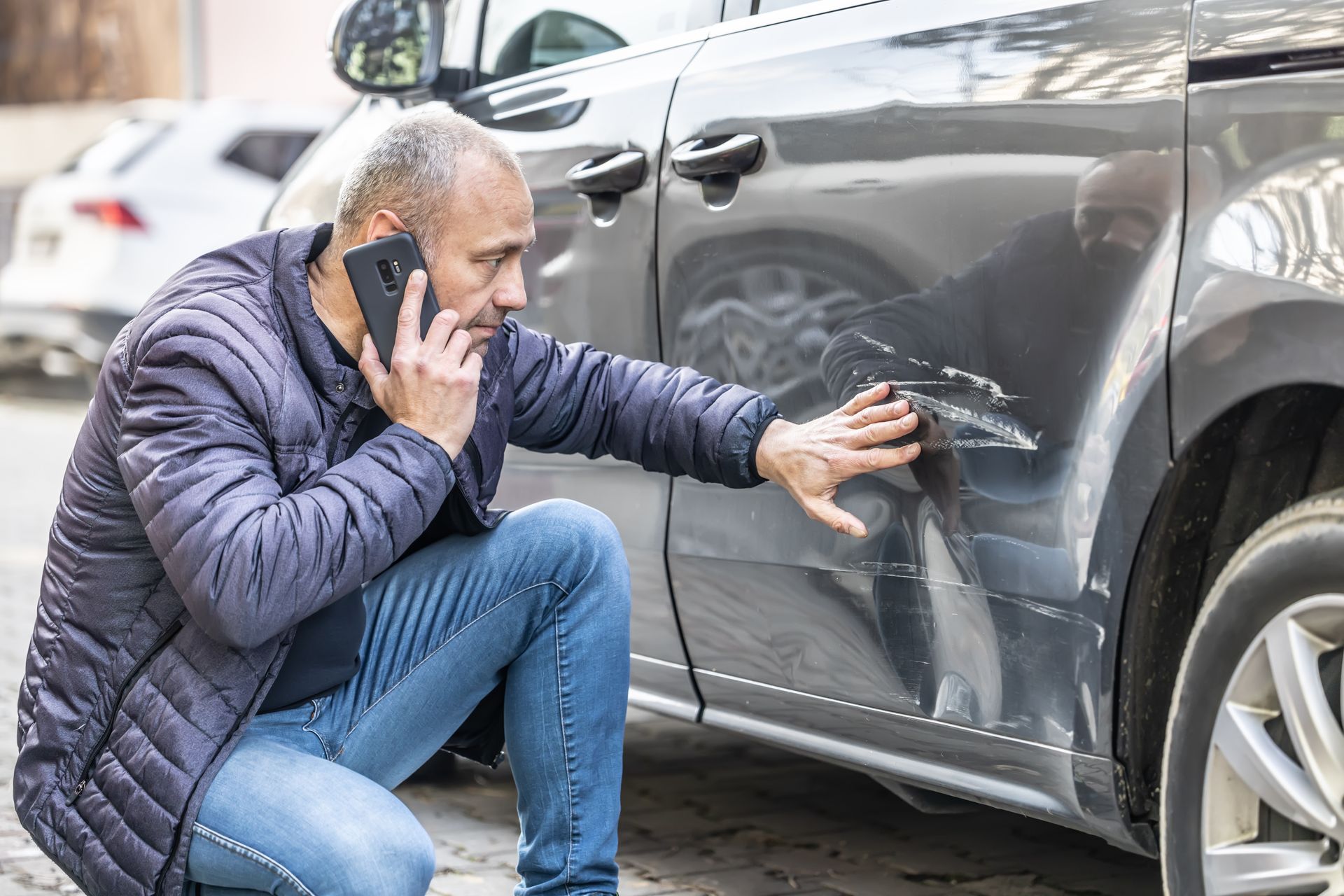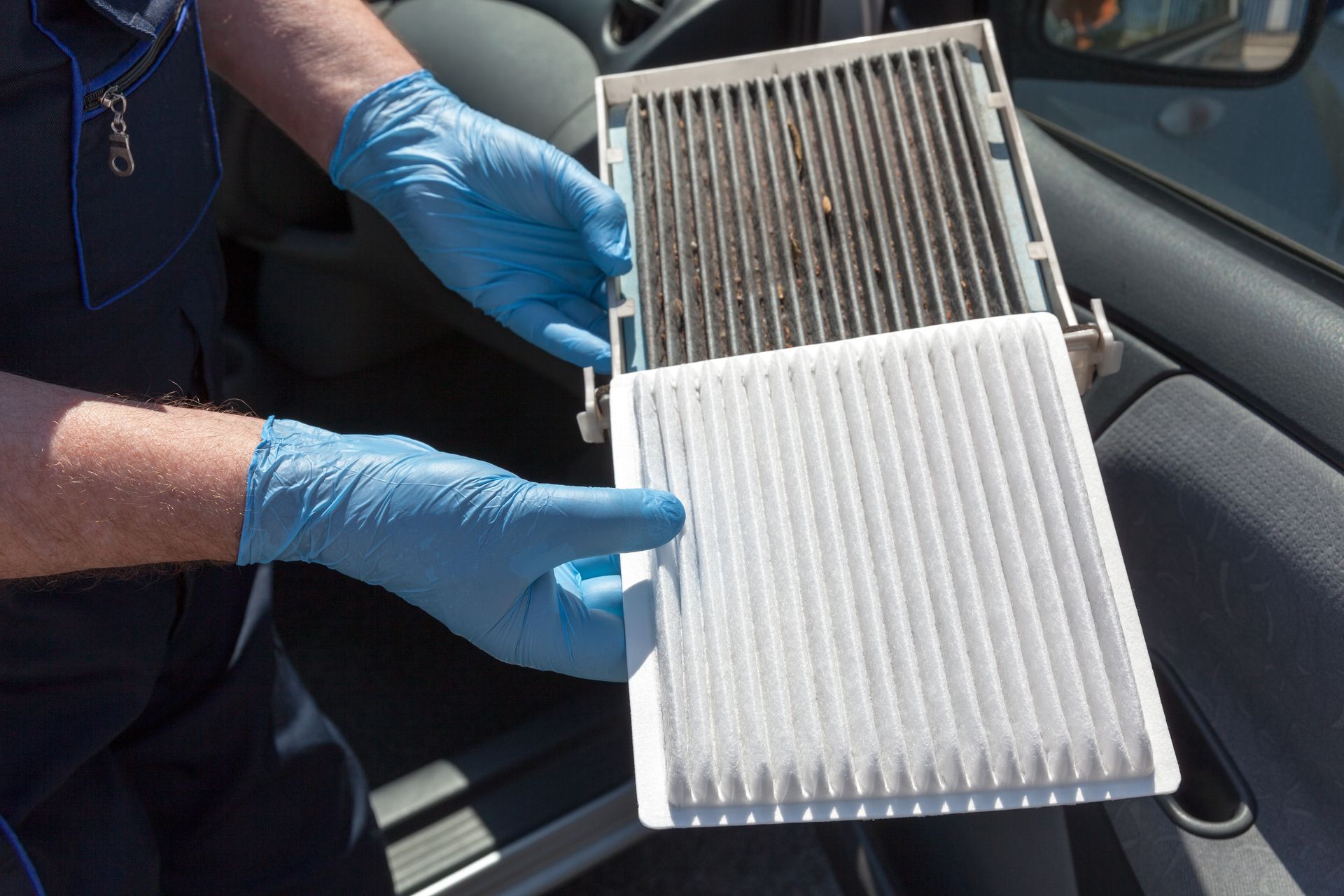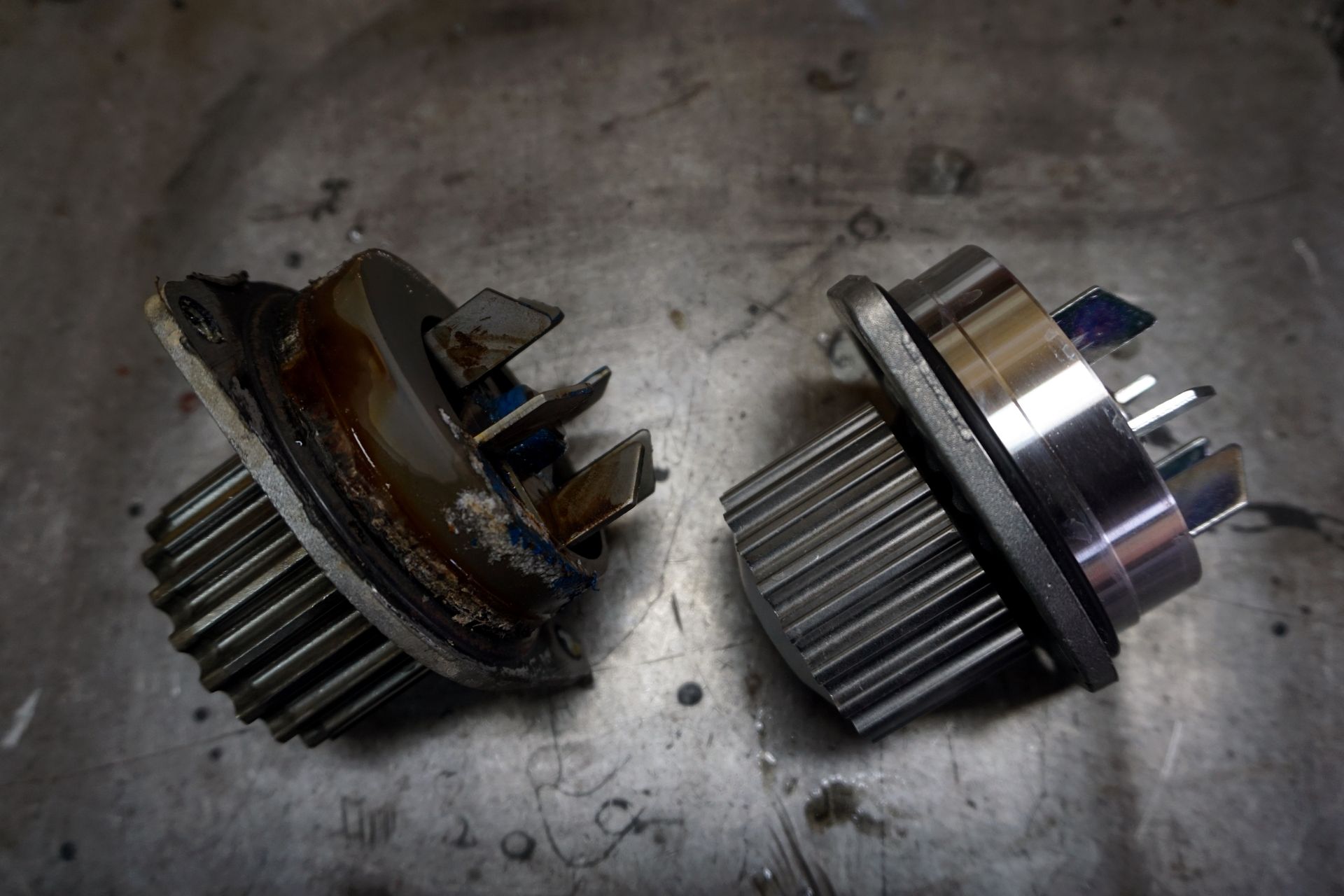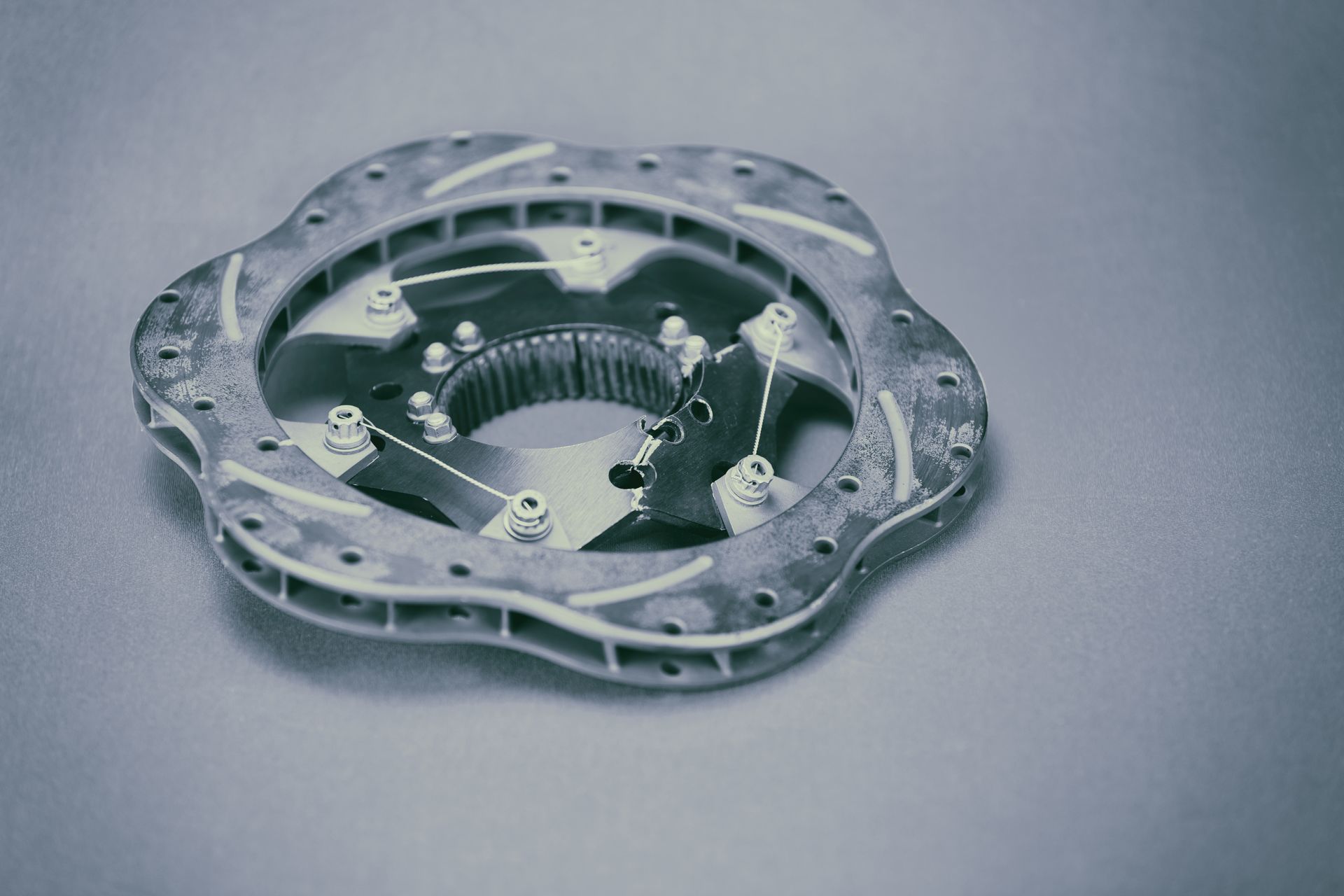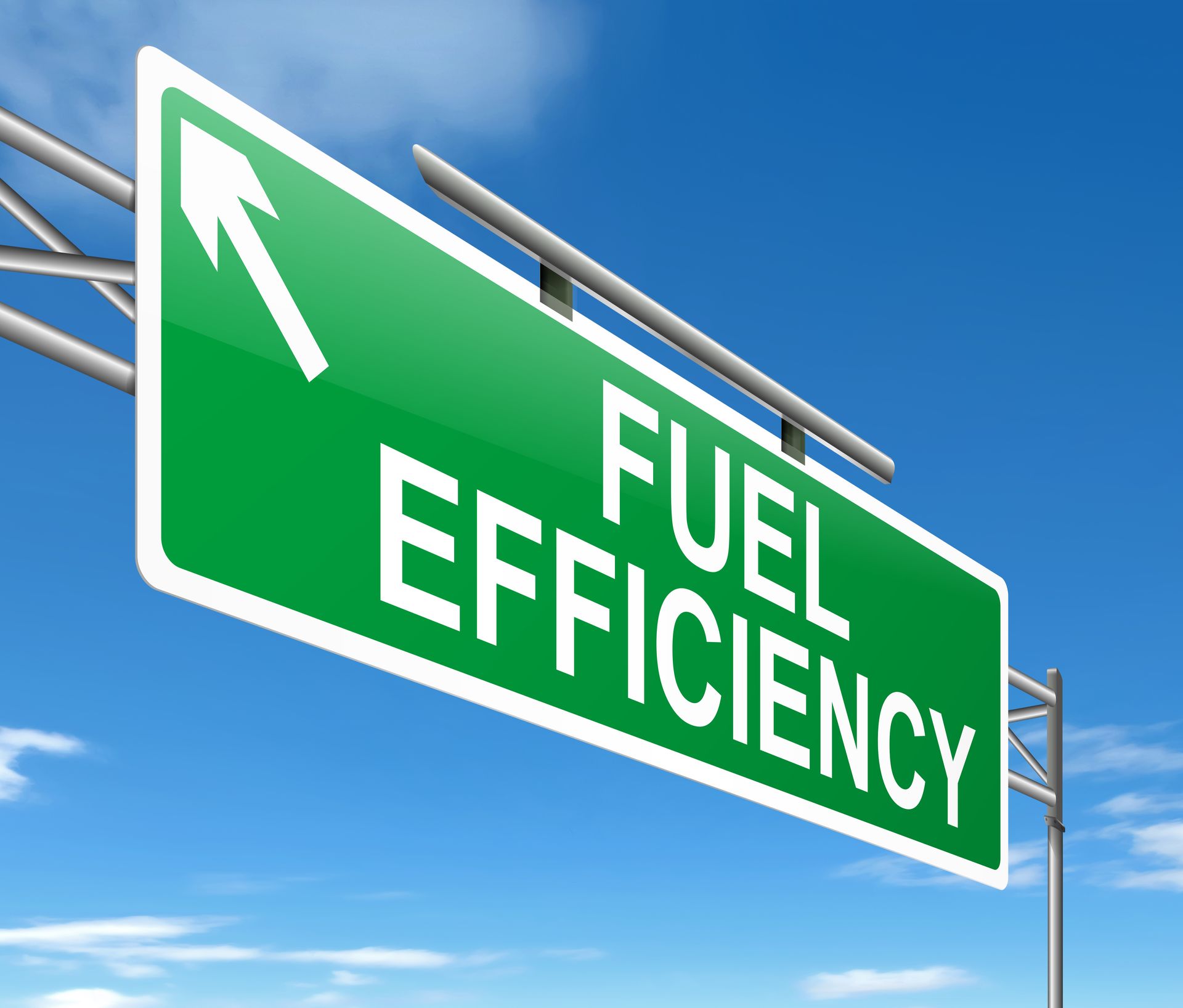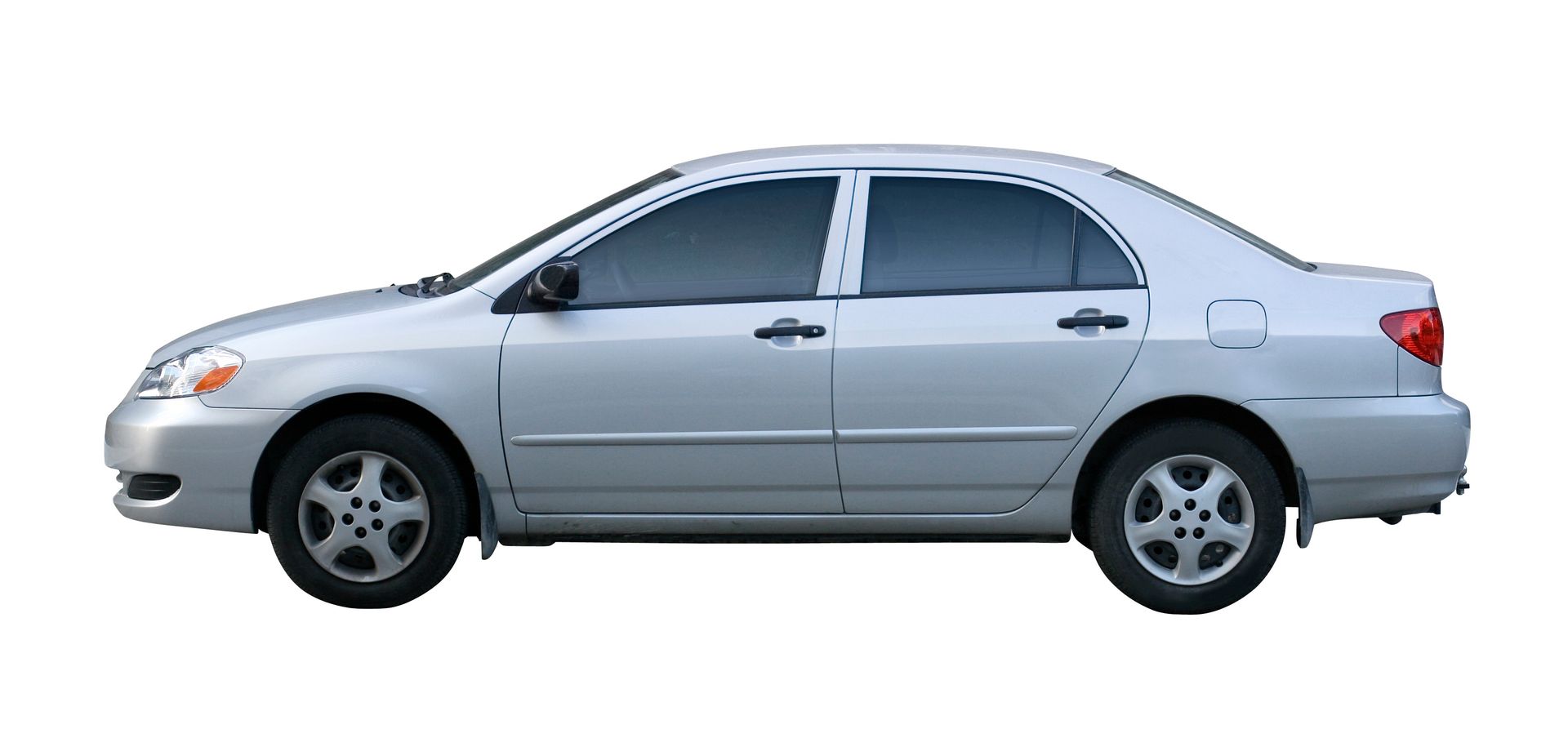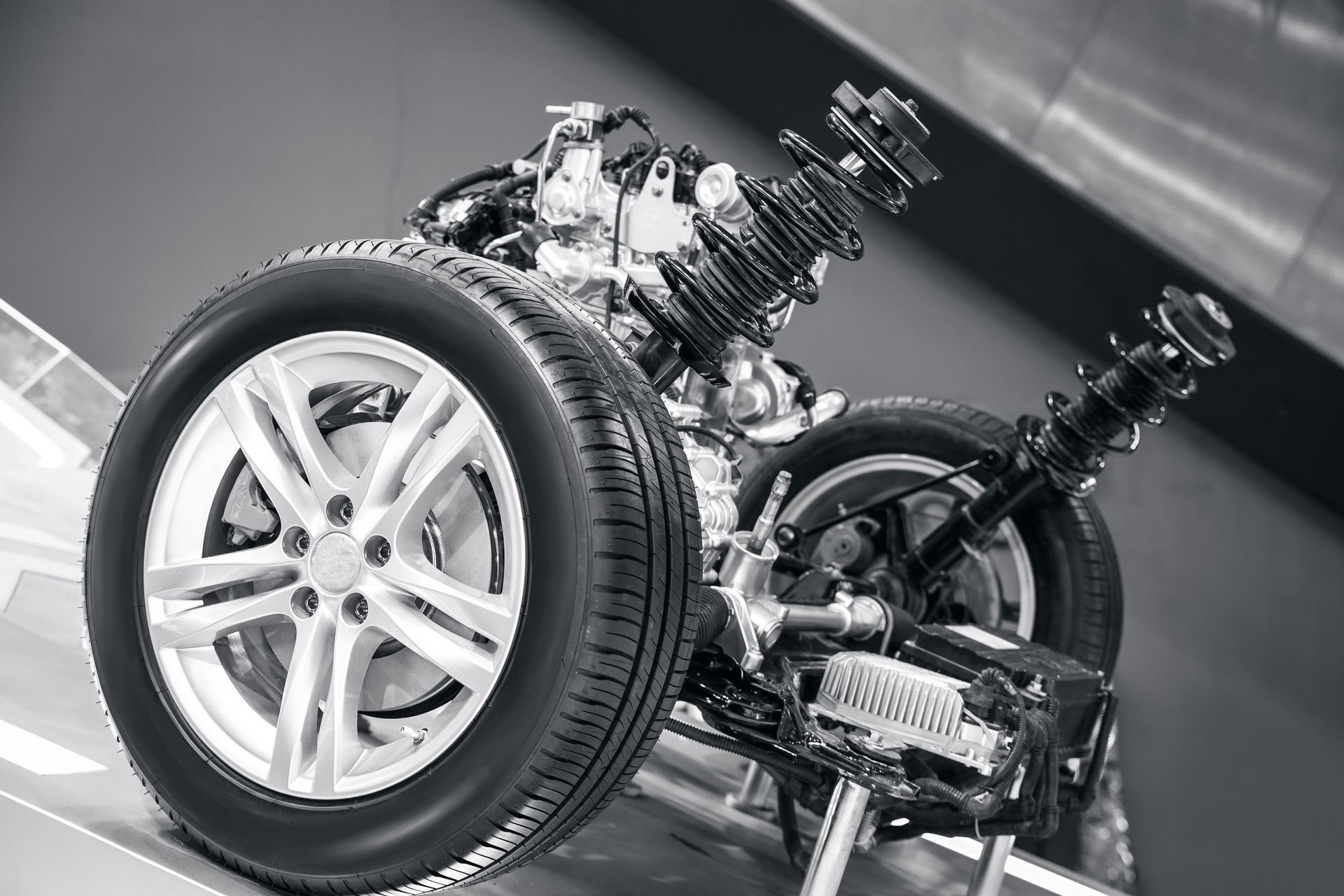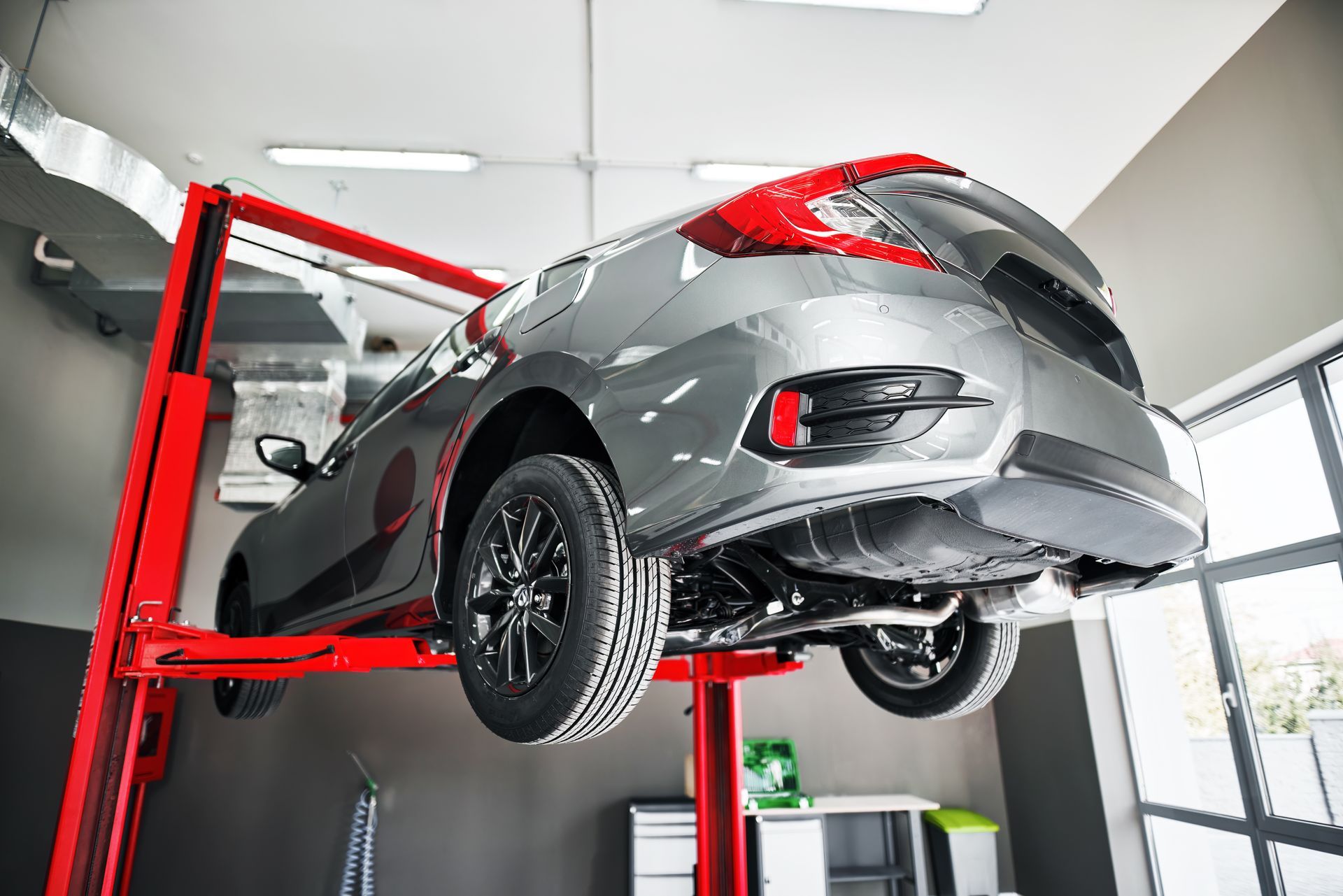Your car's suspension system ensures a smooth and comfortable ride, absorbing shocks from bumps and uneven road surfaces. However, over time, wear and tear can lead to a variety of suspension issues that affect your vehicle's handling and safety. Let's explore the most common issues faced by car owners.
1. Identifying Worn Shocks and Struts
One of the telltale signs of suspension trouble is a bumpy or rough ride, even on relatively smooth roads. Worn shocks and struts are often the culprits behind this discomfort, as they lose their ability to dampen vibrations and absorb impacts.
If you notice excessive bouncing or swaying while driving, it's time to have your shocks and struts inspected by a professional.
2. Addressing Alignment and Steering Component Issues
Misaligned wheels and worn steering components can wreak havoc on your car's handling and stability. Symptoms of alignment issues include uneven tire wear, steering wheel vibration, and a tendency for the vehicle to pull to one side.
Worn tie rods, ball joints, or bushings can cause play in the steering system, leading to imprecise control and potential safety hazards. Regular inspections and maintenance are key to preventing these issues from escalating.
3. Dealing with Squeaks and Creaks From The Bushings
Worn suspension bushings may be to blame if you hear squeaks, creaks, or groans when going over bumps or making turns. These rubber or polyurethane components help cushion the suspension and reduce noise, vibration, and harshness (NVH).
Over time, they can deteriorate due to exposure to heat, moisture, and road debris, leading to increased noise and reduced ride comfort. Replacing worn bushings can restore smoothness and quietness to your driving experience.
4. Tackling Sway Bar and Control Arm Issues
A noticeable lean or dive when cornering or braking is a common indication of sway bar or control arm problems. Sway bars, also known as stabilizer bars, help minimize body roll during cornering, while control arms connect the suspension to the chassis and support the vehicle's weight.
Worn or damaged sway bar bushings, links, or control arm bushings can compromise stability and handling, affecting the car's ability to maintain control in various driving conditions.
5. Understanding the Impact of Misaligned Suspension Geometry
Uneven tire wear patterns, such as cupping, feathering, or bald spots, can signal underlying suspension geometry issues. Improper alignment angles, including camber, caster, and toe, can cause tires to wear unevenly, reducing tire lifespan and compromising traction and handling.
Regular alignment checks and adjustments are essential for preserving tire health and ensuring optimal performance.
Don't let suspension troubles ruin your driving experience—turn to Steveo's Garage LLC for expert service. Our skilled technicians are ready to address your suspension woes. Schedule your appointment today and experience the Steveo's Garage LLC difference.


